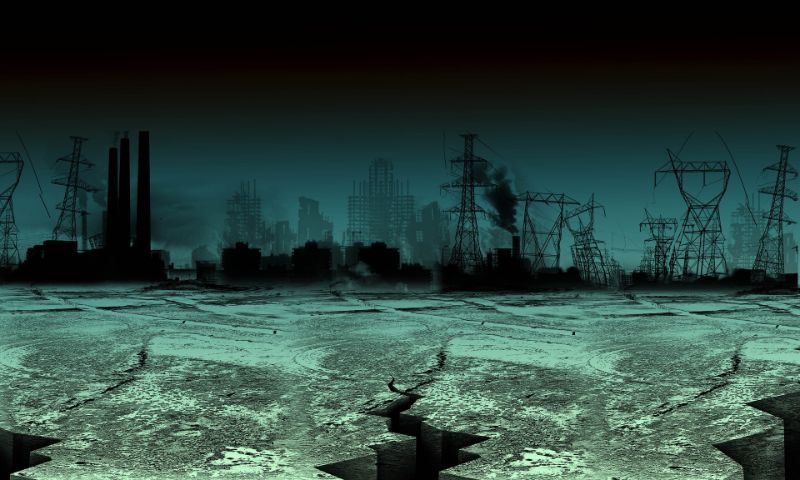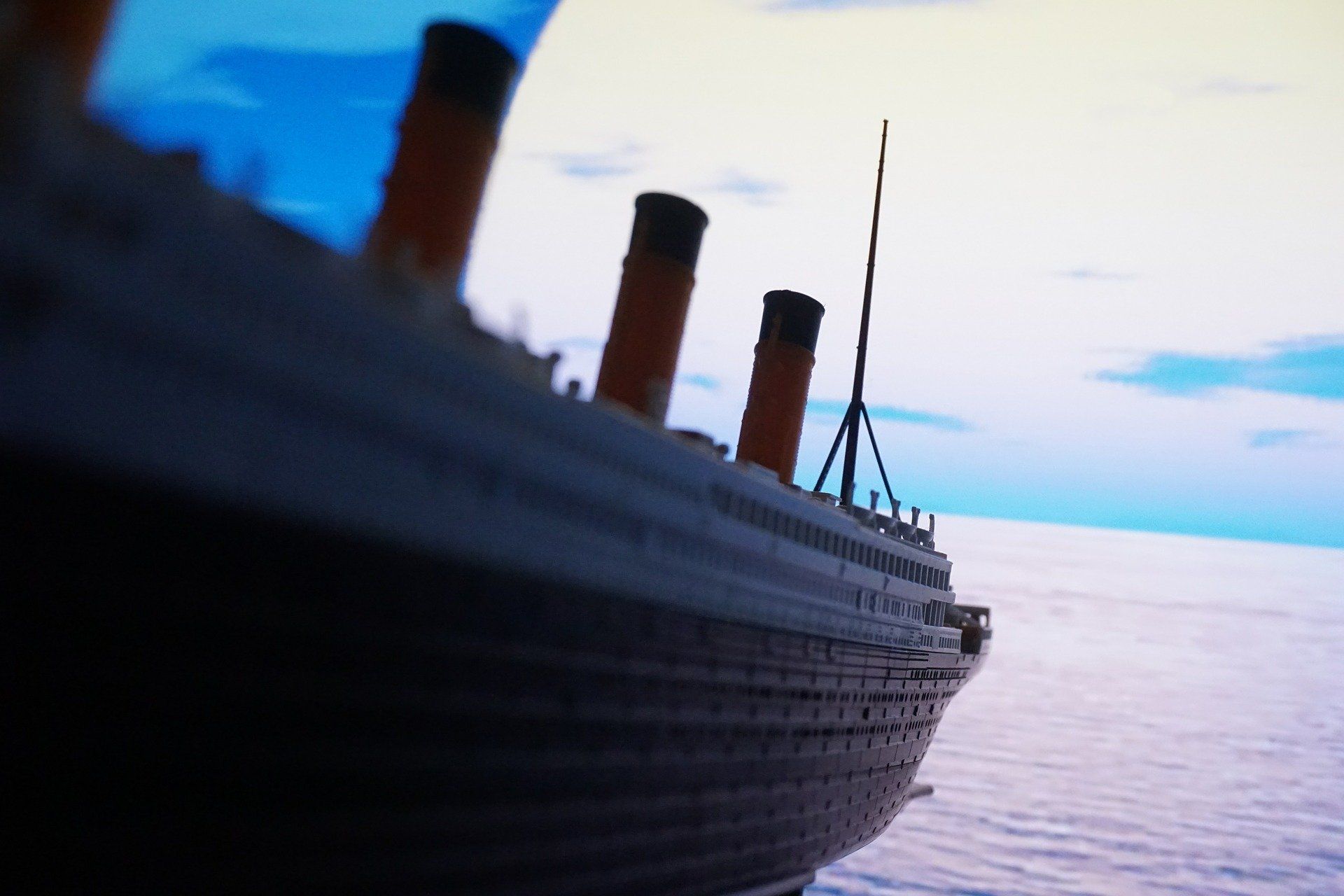Built-in the second half of the 18th century, the Paris Pantheon evolved over time and is now both a church and a crypt. The Pantheon is a beautiful example of Neoclassical architecture that survived the French Revolution and was the site of Jean Bernard Léon Foucault’s famous 1851 experiment that proved that the Earth spins. Since it became a crypt the Pantheon came to the house the remains of many famous figures in French history.
Voltaire – 1694-1778
A prolific writer who used his craft to criticize religious and government institutions and to advocate for the separation of church and state as well as various personal freedoms including speech and religion.
Rousseau – 1712-1778
Another writer and contemporary of Voltaire who was also a major influence on modern social thought. His book The Social Contract affected political thought throughout Europe.
Victor Hugo – 1802-1885
One of France’s most famous writers, best known for poetry and the novels Les Miserables and The Hunchback of Notre Dame. He was among the early writers of the Romantic movement.
Marat – 1743-1793
A doctor to the aristocracy and scientist who wrote extensively on a variety of experiments. He turned to journalism and politics during the French Revolution and was a fierce defender of the rights of poor people.
Emile Zola – 1840-1902
A writer who wrote many novels and plays that played a major role in French politics as well as the Dreyfus affair. He is now considered a leader in the literary school of French naturalism.
Jean Moulin – 1899-1943
An important figure in the French Resistance during World War II, he served as the first President of the National Council of the Resistance. He died underway to Germany after being captured and tortured by the Gestapo.
Soufflot – 1713-1780
The designer of the Pantheon and one of the founders of the architectural school of neoclassicism. Unfortunately, he died ten years before the Pantheon was finished so he was never able to see his most famous work completed.
Louis Braille – 1809-1852
The inventor of the modern system of reading and writing for blind people that is still in use all over the world to this day. He was blinded in a childhood accident and developed braille as a student at the Royal Institute for Blind Youth.
Marie Curie – 1867-1934
A scientist who is best known for her work with radiation, which eventually led to her death. She was the first female winner of the Nobel Prize and the first person to win it twice. She was also the first woman to hold a professorship at the University of Paris.
The Pantheon makes a wonderful addition to any sightseeing trip to Paris, offering views over the entire city as well as beautiful architecture and fascinating history. It is a place that anyone can enjoy no matter what their interests are.




